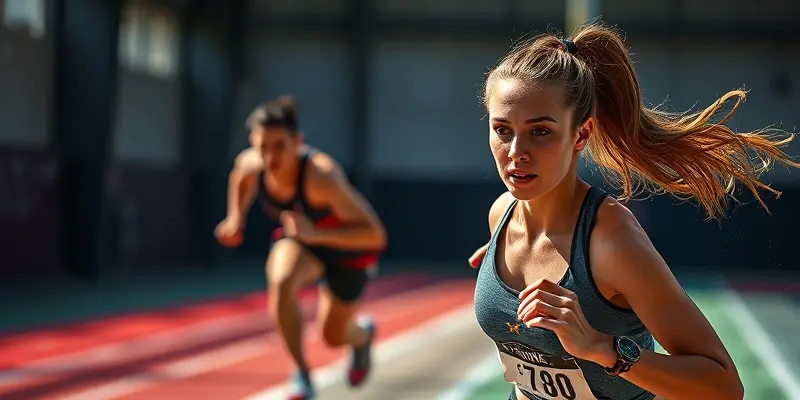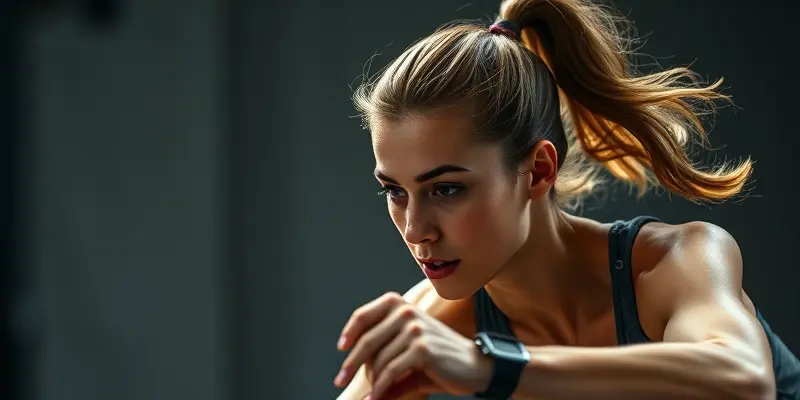Recover Right: The Ultimate Guide to Injury Prevention and Fast Healing in School Sports
Are you a student athlete facing a tough season ahead? Or maybe you’re a parent, coach, or fitness fan wanting to keep school sports as safe as possible. Understanding injuries—and the smartest ways to recover—can make or break an athlete’s confidence and time on the field. Let’s dive deep into how the right prevention and recovery strategies keep you strong and healthy, from warm-up to comeback.
Common School Sports Injuries (and How to Avoid Them)
The Heavy Hitters: Sprains, Strains, and More
If you play school sports, you’ve likely heard of sprained ankles or sore knees. These are the most frequent injuries, often affecting joints and muscles. Think of them as your body’s way of saying, “Let’s strengthen up!”
- Sprains and Strains: Most often seen in ankles, knees, and wrists.
- Ligament Injuries (like ACL tears): Especially common in soccer, basketball, and football.
- Shoulder Injuries: Look out if you’re into swimming or baseball.
- Concussions: Any contact sport can bring a risk of head injuries.
- Overuse Injuries: Too much, too soon, with little rest—classic in athletes who play a single sport year-round.
Prevention Made Simple
You don’t need to be a pro to cut your risk:
- Pre-season conditioning: Focus on balance, strength, and flexibility—especially for legs and core.
- Protective gear: Wear sport-appropriate shoes; double-check helmet or brace fit.
- Smart stretching: Use dynamic stretches to warm up, static stretching to cool down.
- Pacing: Gradually raise your training intensity rather than “jumping in.”
- Variety and rest: Mix sports and schedule breaks to reduce overuse.
The Best Beginner-Friendly Recovery Techniques
Fast recovery isn’t luck—it’s science and commitment.
Know Your First Response: RICE
- Rest: Don’t “push through pain”—stop activity to prevent worse damage.
- Ice: 15–20 minutes, several times a day to reduce swelling.
- Compression: Athletic wraps help control swelling and stabilize the area.
- Elevation: Lift the injured limb above heart-level when possible.
Physical Therapy: Your Comeback Plan
A physical therapist isn’t just for the pros. They’ll tailor exercises to restore motion, strength, and confidence—vital for long-term safety.
Special Note on Concussions
Follow return-to-play plans to the letter. Rest until symptoms are gone, then restart activities slowly, under supervision.
Nutrition and Recovery: Heal From the Inside Out
Your body can’t rebuild tissue without the right fuel. Treat your meals like your training!
- Protein: The building block for muscle and tissue repair (think chicken, beans, tofu).
- Antioxidants: Fruits and veggies tame inflammation, speeding up recovery. Learn more about the role of antioxidants in sports nutrition.
- Healthy fats: Avocado, fish, and nuts support healing.
- Hydration: Water powers every repair process—don’t skimp.
- Micronutrients: Calcium and vitamin D (for bones), plus zinc for tissue healing.
Tech and Tools: Gadgets for Muscle Repair
Athletes today have recovery boosters at their fingertips:
- Foam rollers & massage sticks: These tools work out muscle soreness and improve blood flow.
- Compression wear: Sleeves or braces reduce swelling and provide gentle support.
- Wearable trackers: Apps that monitor sleep and recovery metrics help you spot when your body needs extra rest.
Mind Over Injury: Staying Motivated During Recovery
Healing isn’t just physical—it’s mental too.
Psychological Strategies That Work
- Goal Setting: Break recovery into daily or weekly milestones (“This week, full range of motion!”).
- Visualization: Picture yourself succeeding at your sport. Mental practice really does maintain skills like those detailed in our post on visualization for healing.
- Stay Social: Don’t isolate. Cheer for your team or share your journey with friends and family.
Final Thoughts: Making Safety and Recovery a Team Effort
Quick recovery and injury prevention are everyone’s job—athletes, coaches, and parents alike. Early recognition, expert support, and holistic care deliver lasting strength well beyond the scoreboard. Whether you’re striving for your next PR or just want to finish the season strong, remember: smart prevention and recovery routines are the ultimate game changers.
Stay healthy, train smart, and support each other—your future self will thank you!
Author: GymPulse Club team – Your trusted source for evidence-based sports wellness and recovery.

